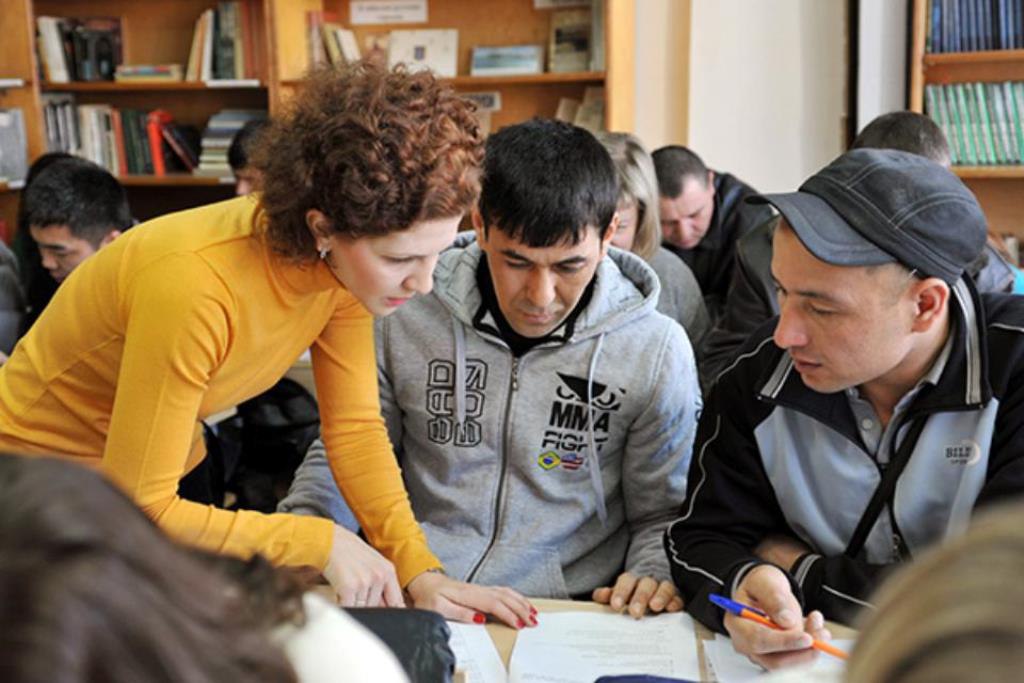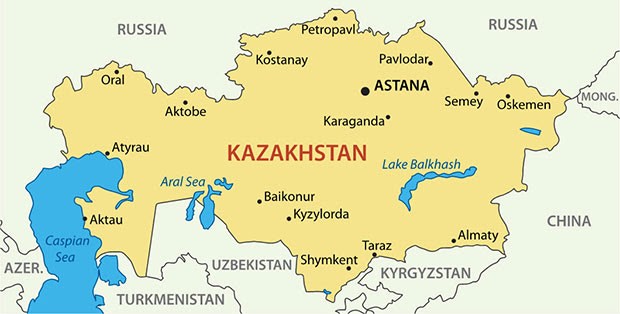World Bank: Uzbekistan Must Tackle Gender Inequality
The World Bank Uzbekistan has published a new “Country Gender Assessment Report: Uzbekistan” on gender assessment in the country. This report (CGA) was produced with financial support from Great Britain. This report examines gender equality in Uzbekistan in various areas such as education, health, economic activity, protection from gender-based violence, marriage, divorce, and participation in public life. CGA examines social norms, assessing cultural attitudes and practices that affect women’s rights and understandings in Uzbek society. The report makes recommendations to close the gender gap and promote inclusive prosperity. CGA notes that since 2017, significant progress has been made in terms of gender equality in Uzbekistan. Notable achievements include the 2022 Labor Code, which provides for equal pay for women and removes job restrictions. In addition, 2023 amendments to the Criminal Code criminalize domestic violence. Consequently, the “Women, business and Rights” index released annually by the World Bank recognized Uzbekistan as one of the top five countries in terms of gender equality in 2024. Women’s access to education and health services has improved significantly. For example, during the period 2017-2022, the number of admissions to higher education institutions increased significantly, the number of men increased by three times to 29%, and the number of women increased by four times – to 27.4%. Young women face higher unemployment rates than males (15.5% vs 10%), and the share of young women who were not in employment, education, or training (NEET) has reached 42%, compared to 8.8% for males. In addition, the gender pay gap is significant, with women earning 34% less than men, which is more than the global average of 20%. Women’s low wages and employment rates directly hinder economic growth and exacerbate poverty in Uzbekistan. If women participated in the country’s economy on an equal basis with men, the national income in Uzbekistan would increase by 29%. Simply equalizing men’s and women's wages would lift more than 700,000 people out of poverty. However, gender norms, which place women primarily in charge of caregiving and household tasks, hinder progress towards gender equality and inclusive economic growth. The report states that the authorities must address gender inequality to realize Uzbekistan’s full economic potential. These include entrenched social norms that limit women’s economic participation, disparities in access to higher education in STEM fields, health care limitations, deteriorating family planning options, incomplete protection from gender-based violence, and the disparity of women in leadership roles.





